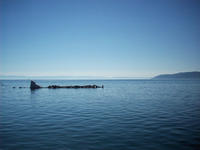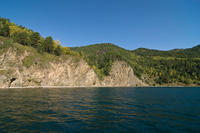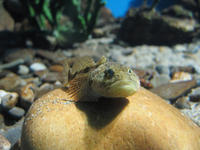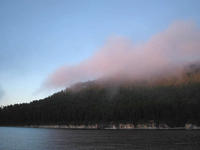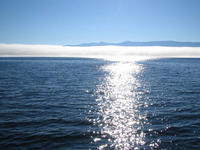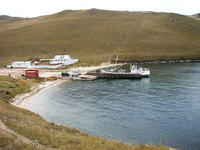You are in: Europe -> Russia -> Lake Baikal, and traditional search or Image Gallery will yield results of this site only
Lake Baikal
| Site number: | 754 |
|
| Type of site: | Natural | |
| Date: | - | |
| Date of Inscription: | 1996 | |
| Location: | Eurasia, Russian Federation, Republic of Buryatia, Irkutsk and Chita regions | |
Up to 75 images are shown here. Click on each for more details or on Image Gallery for more images.
Six official UN languages:
Arabic,
Chinese,
English,
French,
Russian,
Spanish
Other languages: Bosnian, Bulgarian, Catalan, Croatian, Czech, Danish, Dutch, Esperanto, Estonian, Farsi, Finnish, Galician, German, Greek, Hebrew, Hungarian, Icelandic, Ido, Indonesian, Italian, Japanese, Korean, Latvian, Lithuanian, Norwegian-bokmål, Occitan, Polish, Portuguese, Romanian, Serbian, Slovak, Slovenian, Swahili, Swedish, Tamil, Turkish, Ukrainian, Urdu, Vietnamese
Other languages: Bosnian, Bulgarian, Catalan, Croatian, Czech, Danish, Dutch, Esperanto, Estonian, Farsi, Finnish, Galician, German, Greek, Hebrew, Hungarian, Icelandic, Ido, Indonesian, Italian, Japanese, Korean, Latvian, Lithuanian, Norwegian-bokmål, Occitan, Polish, Portuguese, Romanian, Serbian, Slovak, Slovenian, Swahili, Swedish, Tamil, Turkish, Ukrainian, Urdu, Vietnamese
| Description: | The 3.15-million-ha Lake Baikal, located in south-eastern Siberia, is the oldest – dating back 25 million years - as well as the deepest -1,700 m - lake in the world. It holds 20% of the world's entire unfrozen freshwater reserve. Branded as the 'Galapagos of Russia', the site’s age and isolation have shaped one of the worlds most affluent and curious freshwater faunas- it holds incomparable value to evolutionary science. --WHMNet paraphrase from the description at WHC Site, where additional information is available. | |
| Lake Baikal (Russian: о́зеро Байка́л, pronounced ['ozʲɪrə bʌj'kɑl]) is in Southern Siberia in Russia, located between Irkutsk Oblast to the northwest and the Buryat Republic to the southeast, near the city of Irkutsk. The name Baikal comes from Baigal or Байгал which in the Mongolian language means "nature". It is also known as the "Blue Eye of Siberia". In Buryat language and Mongol language it is called Dalai-Nor, which means "sea lake." At 1,637 meters (5,371 ft), Lake Baikal is the deepest lake in the world and is the largest freshwater lake by volume (23,000 km³), containing approximately twenty percent of the world's total surface fresh water. Like Lake Tanganyika, Lake Baikal was formed on an ancient rift valley and is therefore long and crescent-shaped with a surface area (31,500 km²) less than half that of Lake Superior or Lake Victoria. Baikal is home to more than 1,700 species of plants and animals, two thirds of which can be found nowhere else in the world and was declared a UNESCO World Heritage Site in 1996. Olkhon, the largest island in Lake Baikal, is the second largest lake-bound island in the world after Manitoulin Island in Lake Huron. The lake called "the Pearl of Siberia" drew investors from the tourist industry since energy revenues sparked an economic boom. --Wikipedia. Text is available under the Creative Commons Attribution-ShareAlike License. | ||
| Source: | http://whc.unesco.org/en/list/754 | |
| Reference: | 1. UNESCO World Heritage Center, Site Page. | |



